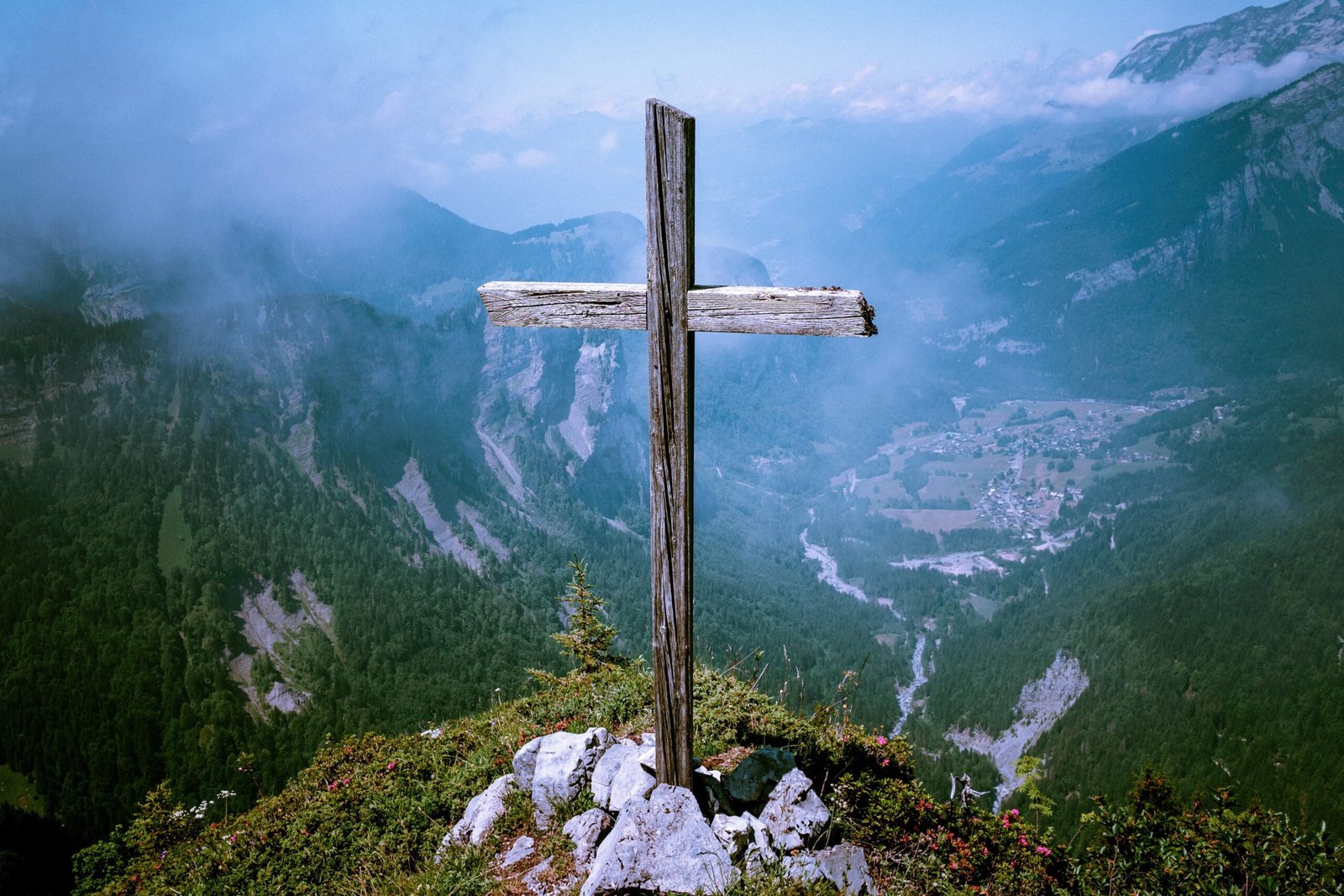Transgender inclusion? World’s major religions take varying stances on policies toward trans people
The Vatican has issued a new document rejecting the concept of changing one’s biological sex – a setback for transgender people who had hoped Pope Francis might be setting the stage for a more welcoming approach from the Catholic Church.
Around the world, major religions have diverse approaches to gender identity, and the inclusion or exclusion of transgender people. Some examples:
Christianity
The Catholic Church’s disapproving stance toward gender transition is shared by some other denominations. For example, the Southern Baptist Convention – the largest Protestant denomination in the United States – adopted a resolution in 2014 stating that “God’s design was the creation of two distinct and complementary sexes, male and female.” It asserts that gender identity “is determined by biological sex, not by one’s self-perception”
However, numerous mainline Protestant denominations welcome trans people as members and as clergy. The Evangelical Lutheran Church in America elected an openly transgender man as a bishop in 2021.
Islam
In Islam, there isn’t a single central religious authority and policies can vary in different regions.
Abbas Shouman, secretary-general of Al-Azhar’s Council of Senior Scholars in Cairo, said that “for us, … sex conversion is completely rejected.”
“It is God who has determined the … sex of the fetus and intervening to change that is a change of God’s creation, which is completely rejected,” Shouman added.
In Iran, the Shiite theocracy’s founder, Ayatollah Ruhollah Khomeini, issued a religious decree, or fatwa, decades ago, opening the way for official support for gender transition surgery.
Hinduism
In Hindu society in South Asia, while traditional roles were and are still prescribed for men and women, people of non-binary gender expression have been recognized for millennia and played important roles in holy texts. Third gender people have been revered throughout South Asian history with many rising to significant positions of power under Hindu and Muslim rulers. One survey in 2014 estimated that around 3 million third gender people live in India alone.
Sanskrit, the ancient language of Hindu scriptures, has the vocabulary to describe three genders – masculine, feminine and gender-neutral.
The most common group of third gender people in India are known as the “hijras.” While some choose to undergo gender reassignment surgery, others are born intersex. Most consider themselves neither male or female.
Some Hindus believe third gender people have special powers and the ability to bless or curse, which has led to stereotyping causing the community to be feared and marginalized. Many live in poverty without proper access to healthcare, housing and employment.
In 2014, India, Nepal and Bangladesh, which is a Muslim-majority country, officially recognized third gender people as citizens deserving of equal rights. The Supreme Court of India stated that “it is the right of every human being to choose their gender,” and that recognition of the group “is not a social or medical issue, but a human rights issue.”
Buddhism
Buddhism has traditionally adhered to binary gender roles, particularly in its monastic traditions where men and women are segregated and assigned specific roles.
These beliefs remain strong in the Theravada tradition, as seen in the attempt of the Thai Sangha Council, the governing Buddhist body in Thailand, to ban ordinations of transgender people. More recently, the Theravada tradition has somewhat eased restrictions against gender nonconforming people by ordaining them in their sex recorded at birth.
However, the Mahayana, and Vajrayana schools of Buddhism have allowed more exceptions while the Jodo Shinshu sect has been even more inclusive in ordaining transgender monks both in Japan and North America. In Tibetan Buddhism, Tashi Choedup, an openly queer monk, was ordained after their teacher refrained from asking about their gender identity as prescribed by Buddhist doctrine. Many Buddhist denominations, particularly in the West, are intentionally inclusive of transgender people in their sanghas or gatherings.
Judaism
Reform Judaism is accepting of transgender people and allows for the ordination of trans rabbis. According to David J. Meyer, who served for many years as a rabbi in Marblehead, Massachusetts, Jewish traditional wisdom allowed possibilities of gender identity and expression that differed from those typically associated with the sex assigned at birth.
“Our mystical texts, the Kabbalah, address the notion of transitioning from one gender to another,” he wrote on a Reform-affiliated website.
It’s different, for the most part, in Orthodox Judaism. “Most transgender people will find Orthodox communities extremely difficult to navigate,” says the Human Rights Campaign, a major U.S. LGBTQ-rights advocacy group.
“Transgender people are further constrained by Orthodox Judaism’s emphasis on binary gender and strict separation between men and women,” the HRC says. “For example, a transgender person who has not medically transitioned poses a challenge for a rabbi who must decide whether that person will sit with men or women during worship.”
Rabbi Avi Shafran, spokesman for the Orthodox Jewish organization Agudath Israel of America, wrote a blog post last year after appearing on an Israeli television panel to discuss transgender-related issues.
“There can be no denying that there are people who are deeply conflicted about their gender identities. They deserve to be safe from harm and, facing challenges the rest of us don’t, deserve empathy and compassion,” Shafran wrote. “But the Torah and its extension, halacha, or Jewish religious law, are unequivocal about the fact that being born in a male body requires living the life of a man, and being born female entails living as a woman.”
“In Judaism, each gender has its particular life-role to play,” he added. “The bodies God gave us are indications of what we are and what we are not, and of how He wants us to live our lives.”
___
Associated Press religion coverage receives support through the AP’s collaboration with The Conversation US, with funding from Lilly Endowment Inc. The AP is solely responsible for this content.
Copyright 2024 The Associated Press. All rights reserved. This material may not be published, broadcast, rewritten or redistributed without permission.












